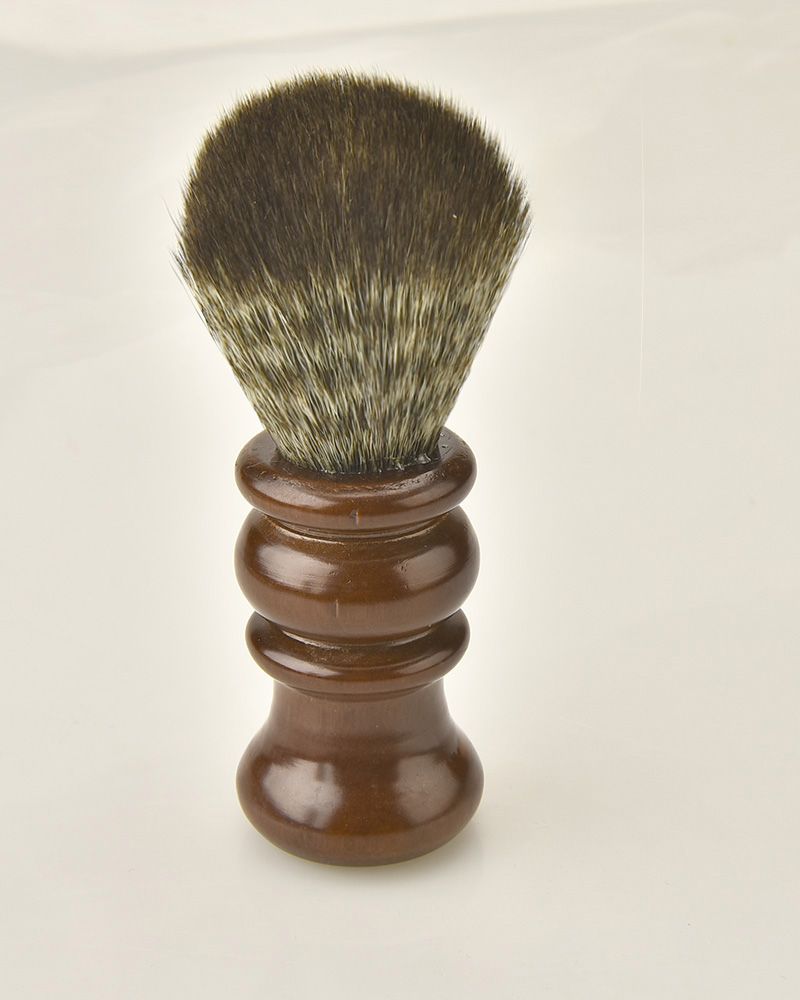Industry news
The Cultural Significance of Shaving Brushes in Different Regions
- 517 Views
- 2025-09-22 02:31:21
The Cultural Significance of Shaving Brushes in Different Regions
Shaving brushes, often dismissed as mere grooming tools, are in fact silent custodians of cultural heritage, weaving stories of tradition, identity, and ritual across continents. From the polished vanities of European gentlemen to the minimalist spaces of Japanese homes, these unassuming tools reflect the values, aesthetics, and daily rhythms of their regions. Let’s explore how shaving brushes transcend function to become vessels of cultural meaning.

Europe: The Gentleman’s Ritual
In Europe, particularly Britain and France, the shaving brush is inseparable from the legacy of "gentlemanly ritual." For over two centuries, British men have embraced shaving as a morning ceremony—a moment of calm before the day’s chaos. Traditional British shaving brushes, often crafted with silvertip badger hair and rosewood handles, were status symbols: a well-worn brush signaled not just grooming habits, but a commitment to refinement. London’s historic barbershops, like Truefitt & Hill (est. 1805), still sell hand-tied獾毛刷 (badger hair brushes), each taking hours to make. In France, the brush became part of la vie élégante (the elegant life), with Parisian salons favoring softer boar bristle brushes to complement their focus on skin care. Here, the act of lathering was as much about self-care as social presentation, a tradition that endures in modern European wet-shaving communities.
Japan: Craftsmanship and Wabi-Sabi
Japan’s approach to the shaving brush is a masterclass in wabi-sabi—the philosophy of finding beauty in imperfection. Traditional Japanese brushes, or kamisori-bake, prioritize simplicity and natural harmony. Handles are carved from bamboo or cypress, their rough textures celebrated as "the touch of nature," while brush heads historically used soft goat hair or even washi fiber (mulberry tree paper) for a gentle lather. For many Japanese men, shaving with such a brush mirrors the mindfulness of tea ceremony: slow, intentional, and rooted in presence. Modern artisans have elevated this further, blending traditional materials with innovation—like antibacterial synthetic fibers woven into washi bases—to meet contemporary needs. The result? Brushes that honor the past while embracing progress, a hallmark of Japanese craftsmanship.
The Middle East: Heirlooms of Heritage
In the Middle East, where grooming is a cornerstone of identity, the shaving brush is more than a tool—it’s a family heirloom. Men here take pride in well-groomed beards and smooth skin, often tying shaving to cultural or religious practices (e.g., preparing for wudu, the ritual ablution before prayers). The region’s arid climate demands durable tools, leading to the popularity of brushes made from camel hair or sheep’s wool, prized for their ability to generate rich lather with minimal water. What truly defines Middle Eastern shaving brushes, though, is their stories: a father gifting his brush to his son on his 18th birthday, a grandfather’s brush used during his wedding preparations. These brushes bridge generations, making each shave a conversation with the past.
China: Tradition Reimagined
China’s shaving brush narrative is a dance between old and new. Historically, the "剃头挑子" (tìtóu tiāozi)—the iconic barber’s pole—included a humble boar bristle brush, its sandalwood handle polished smooth by decades of use. These brushes were trusted companions in the intimate ritual of street-side shaving, a symbol of the barber’s craft. As electric shavers dominated in recent decades, traditional brushes faded—until now. A guochao (national trend) revival has young artisans reimagining the brush: handles carved into jade-inspired shapes, brush heads paired with ink-wash painted stands, and sustainable materials like bamboo and rosewood taking center stage. Today, using a Chinese shaving brush is an act of cultural reclamation, blending heritage with modern pride.
Across regions, the shaving brush emerges as a cultural mirror: reflecting Europe’s love for tradition, Japan’s dedication to craft, the Middle East’s focus on family, and China’s spirit of reinvention. In a world of disposable tools, these brushes remind us that daily rituals can preserve culture. As global markets交融—Japanese fibers in British brushes, Middle Eastern-inspired designs in Chinese brands—they prove that culture, like a well-lathered shave, thrives in connection.











